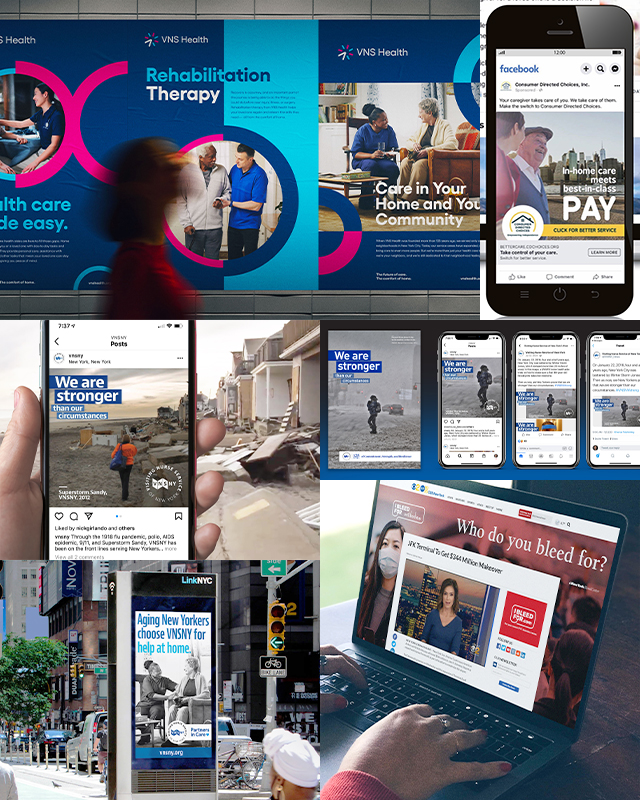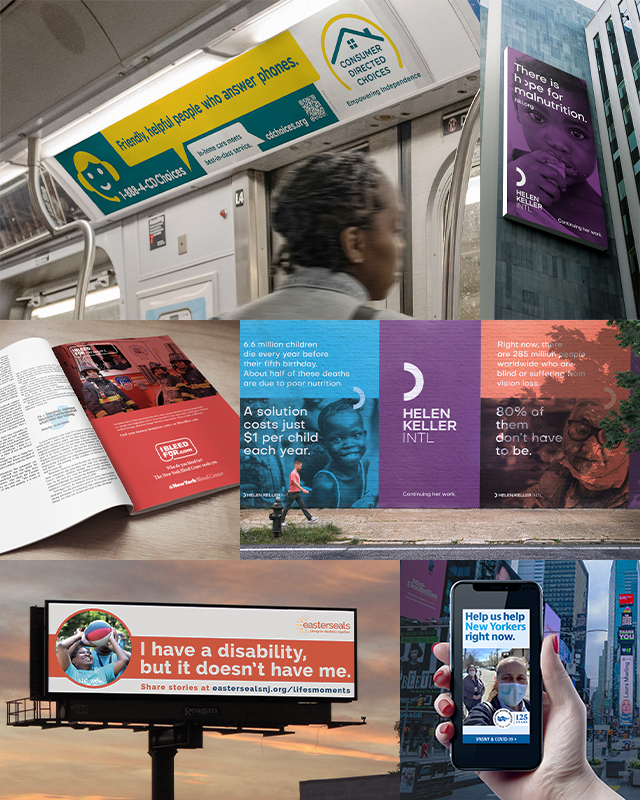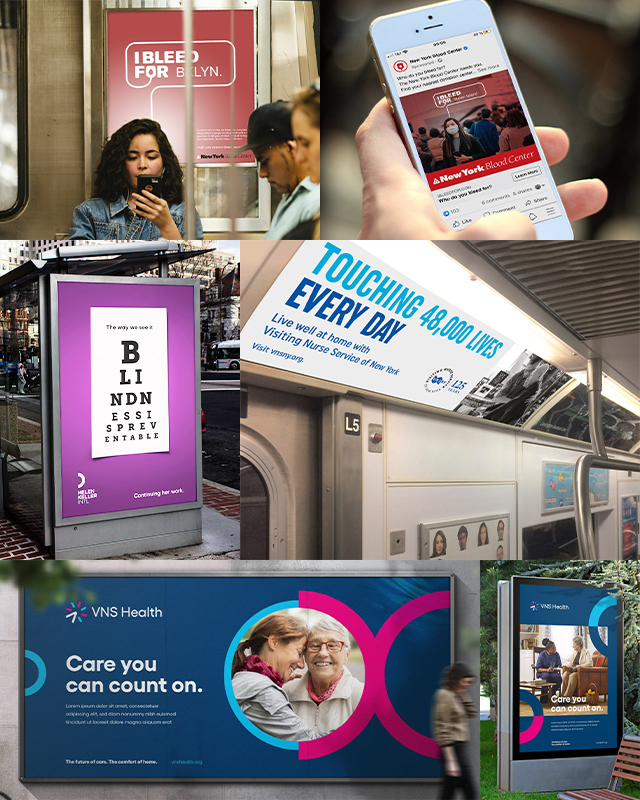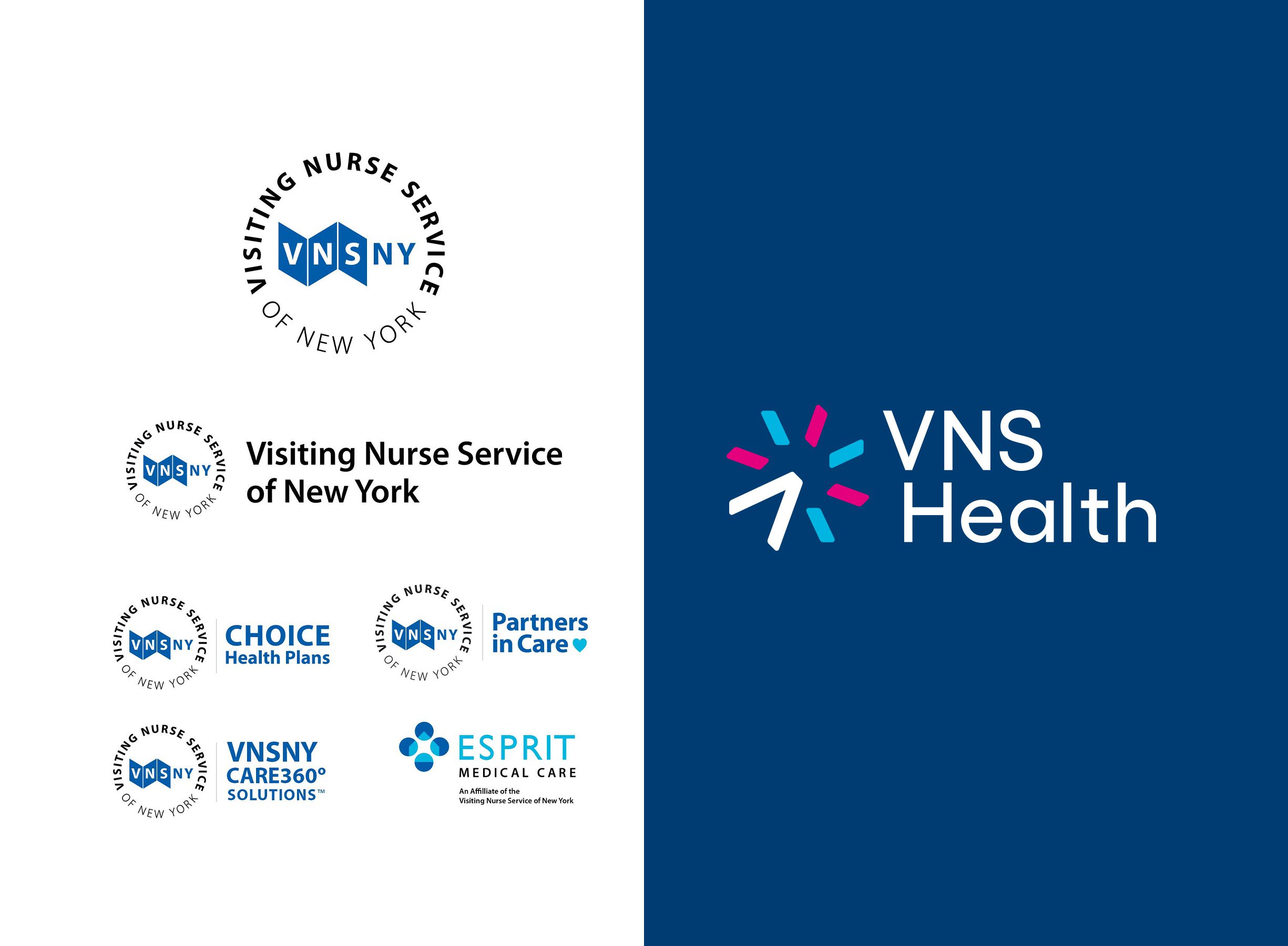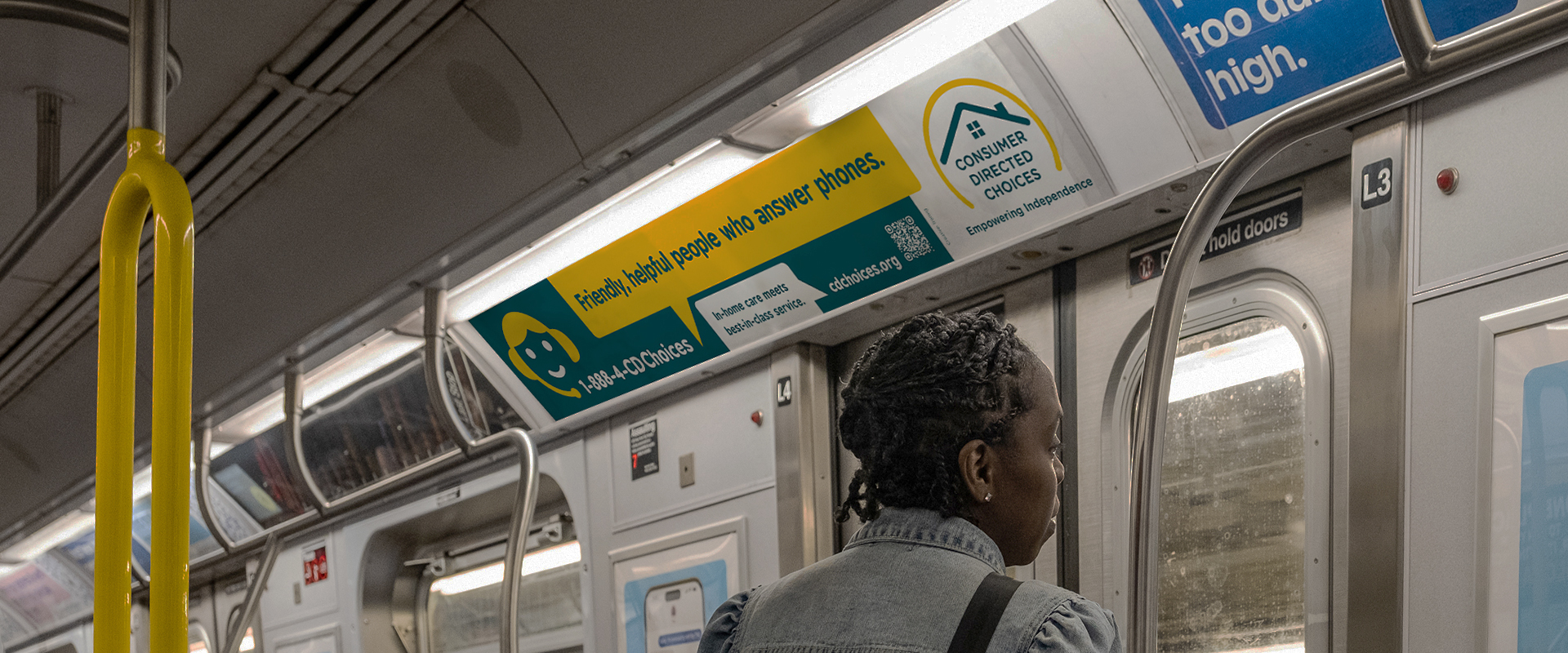
Healthcare marketing: award-winning quality at affordable prices
The challenges of healthcare advertising are rife. It is a highly regulated, complex, and poorly understood area of service that no one wants to think about until they are forced to. This is a terrible starting point for marketing and advertising as each of these preconditions hampers effectiveness. This does not, however, doom healthcare advertising to a state of perpetual mediocrity. Formal constraints are a boon to genuine creativity. Regulation is nothing if not a formal constraint.
Tronvig is not a healthcare-only agency. We have worked in an array of sectors but have found nonprofits and healthcare to be engaging and meaningful in no small measure because of the challenges.
Finding the story that bypasses complexity
It’s not regulation, but rather complexity that is often the real and present danger to effective healthcare marketing. Complexity lurks within the insider’ understanding of the organization and its services, distracting target patients and members away from a message that will actually resonate with them. Marketing is least effective when it is asked to teach or when it uses language that is unfamiliar.
The needs of the customer expressed in the voice of the customer is the golden rule of marketing, but that is so easily retracted by the demands of insiders with authority. In marketing, there is only one authority when it comes to the needs to be addressed or the language that will effectively communicate, and that is the customer. At its core, this is all marketing is: customer understanding applied.
Use your marketing resources first to understand the customer/patient/beneficiary, then tell a story that has meaning and relevance to them. Deliver that story in a context that makes sense and is likely to be timed with the moment of recognized need. It’s easy to describe, quite hard to effectively execute.
Avoiding the sea of sameness in healthcare marketing
Hospital marketing, doctor marketing, or healthcare marketing more generally, all suffer from a severe sea of sameness problem. All healthcare advertising tends to look alike. All hospital advertising feels the same. If you remove the logos from the ads that are out there, you could easily think that all the healthcare companies are owned by some giant monopoly that dictates the style and tone for a single master “healthcare” campaign. This is true even though healthcare services are intensely competitive, especially in major urban markets. This phenomena is a result of the narrowly prescribed emotional territory “allowed” in the healthcare industry and the preponderance of healthcare specialty agencies that serve the sector. Few hospitals or other healthcare organizations find an effective way to break free. The undertone has to be earnest and trustworthy. It cannot employ humor or sarcasm or so many other tools that more typical brands can leverage. So the challenge in healthcare advertising is one of effective differentiation.
We serve the healthcare sector and produce healthcare marketing campaigns, but we treat them as we do our work for any other sector. We believe that thorough strategy and specific targeting can help hospital marketing or other nonprofit healthcare clients paddle away from the sea of sameness. It’s not easy, but it can and should be done.
A good option at the right time
Healthcare, like old age, is not something that people want to think about until they are thrown into a situation that demands action. In this moment of need, a decision is sometimes made for them, but other times it is an active choice. At this moment, there is a great advantage to brands that are familiar. Familiarity begets positivity, and positivity drives preference and choice, when choices are possible. So healthcare brands benefit from awareness but suffer from disinterest in the absence of immediate need. This is one of the great challenges of healthcare marketing that is rife with paradox. As a consumer, I will filter out all healthcare messaging as irrelevant to me because of my natural optimism bias and because I do not want to think about the possibility of one day needing those services, but in my moment of need, I will want to opt for something familiar.
Healthcare marketing operates in two divergent situations
Firstly, it must address the disinterested and insert itself into their consciousness. This is an extremely difficult proposition, as it requires that the audience push past the instinctive and automatic exclusion of all irrelevant messages from conscious awareness. It is difficult but not impossible to bypass this filter that makes irrelevant all marketing that does not directly address what I believe I need at this very moment.
Secondly, healthcare marketing must perform in terms of availability in the time of need, which is often an extremely thin sliver of opportunity. Neither of these conditions is terribly efficient in marketing terms. The first is fighting human nature and the second is a kind of needle-in-a-haystack situation, but to the extent we understand the task, Tronvig has learned how to be extremely efficient with the always limited resources available.
Tronvig’s promise
Tronvig specializes in finding creative ways to help our clients make the world better. This often means that we have to figure out how to make your marketing and advertising dollars go further with greater effect than larger, more well financed competitors. This means we have to make sure that we are very thorough and thoughtful with strategy—the key to which is what you are not going to do. At the same time design matters. Execution matters. The final human-level interface must be right for the customer.
DCW
With offices in Manhattan, Long Island, and Denver, DCW Media has worked for 50 years on the front lines of emerging media. The largest privately held media buying company on the East Coast, DCW has for over ten years given Tronvig access to deep-seated using power and media spending of more than $100M annually. DCW works closely with us on media strategy and media buying so our clients get the benefits of being big when you need it to negotiate and buy media.
Tronvig
A boutique, we have nearly 30 years of brand strategy and advertising experience and an extensive network of creatives. This enables us to deliver world-class creative work economically. We can comfortably create and manage campaigns from one to ten million in annual spend.
